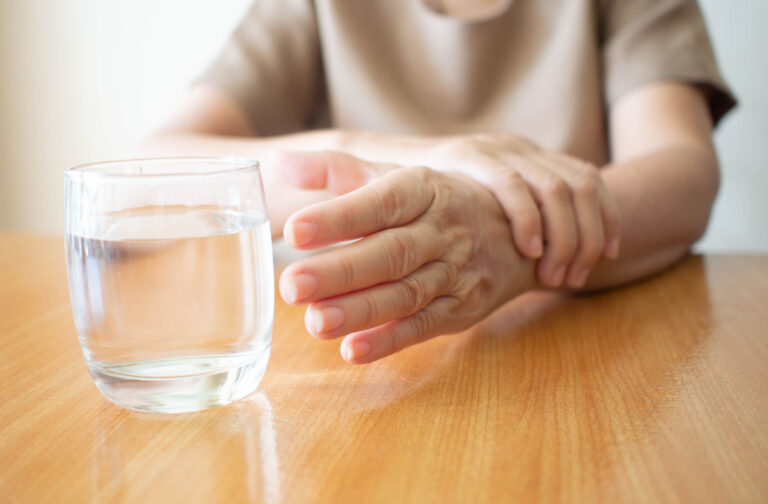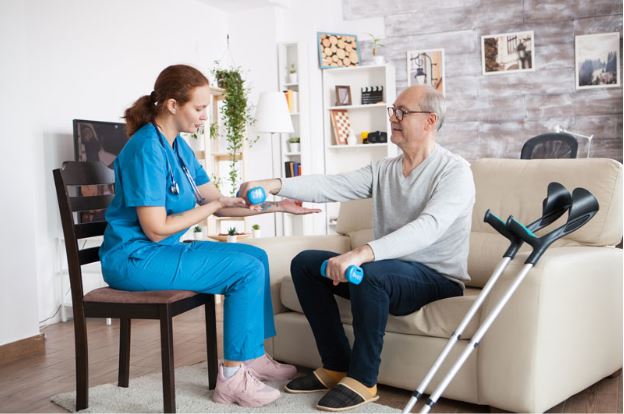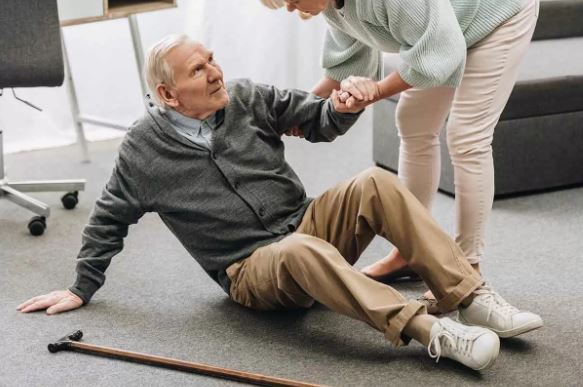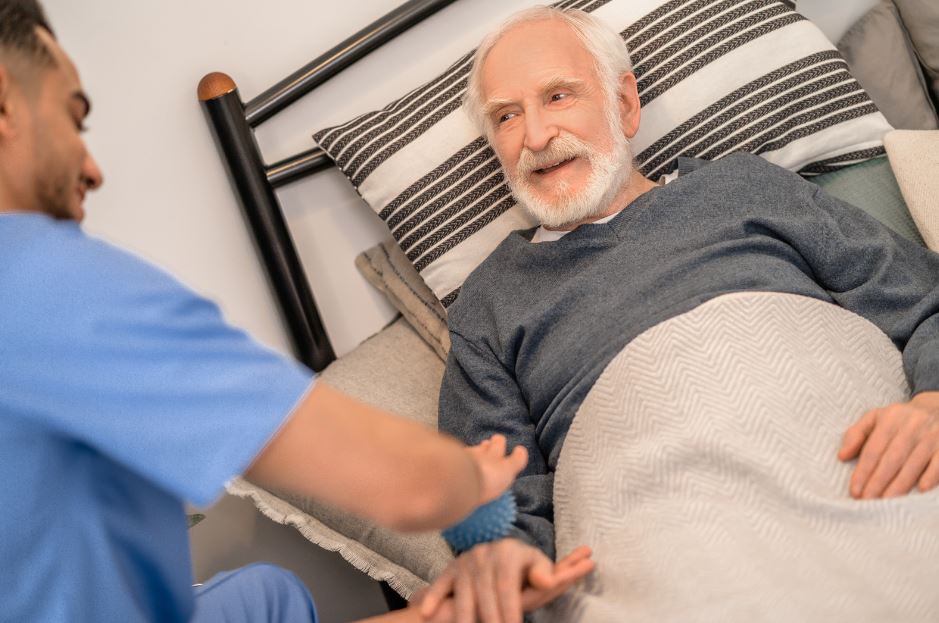· Aerobic exercise: This may include activities such as walking, cycling, or dancing, which can help improve cardiovascular fitness, balance, and coordination. Aerobic exercise has been shown to have a positive impact on motor function and may also help reduce depression and anxiety.
· Strength training: This may include resistance exercises using weights, resistance bands, or bodyweight exercises such as squats and lunges. Strength training can help improve muscle strength and endurance, which can be beneficial for maintaining mobility and preventing falls.
· Balance exercises: These may include activities such as standing on one leg, walking heel-to-toe, or using balance boards or other equipment to challenge balance and stability. Improving balance can help reduce the risk of falls and improve overall mobility.
· Stretching and flexibility exercises: These may include gentle stretches and range-of-motion exercises to help improve flexibility, reduce stiffness, and improve overall mobility.
· Speech and swallowing exercises: These may include exercises aimed at improving vocal strength, clarity, and volume, as well as exercises to improve swallowing function.
· Cognitive exercises: These may include activities such as memory games, problem-solving tasks, and other cognitive challenges to help improve cognitive function and overall mental health.
· In addition to these exercises and activities, in-home therapy sessions for Parkinson’s disease may also include education and training on strategies for managing symptoms, such as stress reduction, relaxation techniques, and strategies for managing tremors or dyskinesias. By providing a comprehensive approach to managing Parkinson’s disease, in-home therapy can help individuals improve their quality of life and maintain independence for as long as possible.





